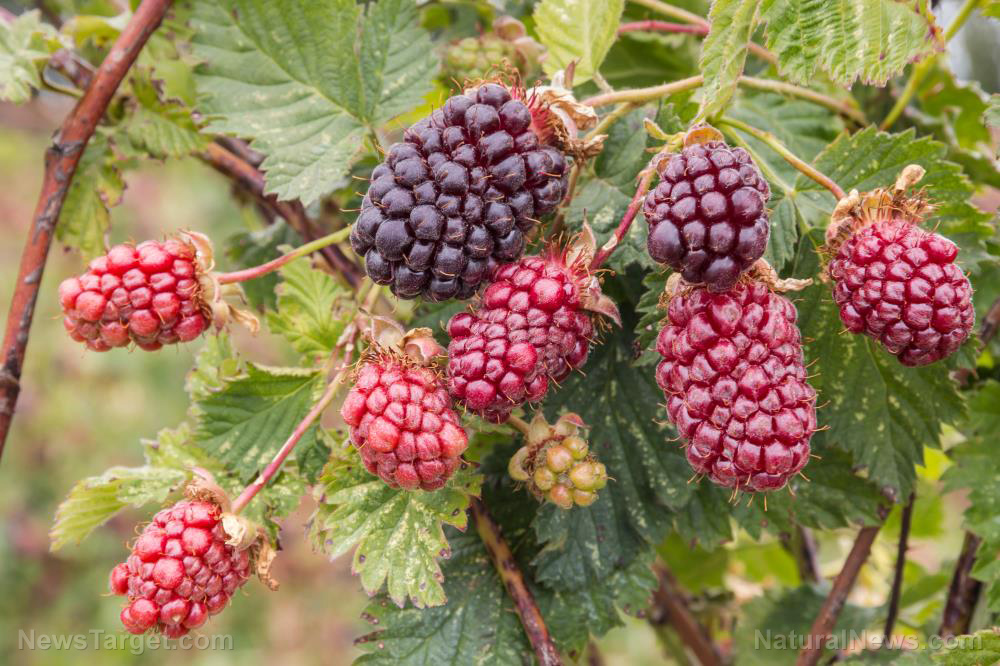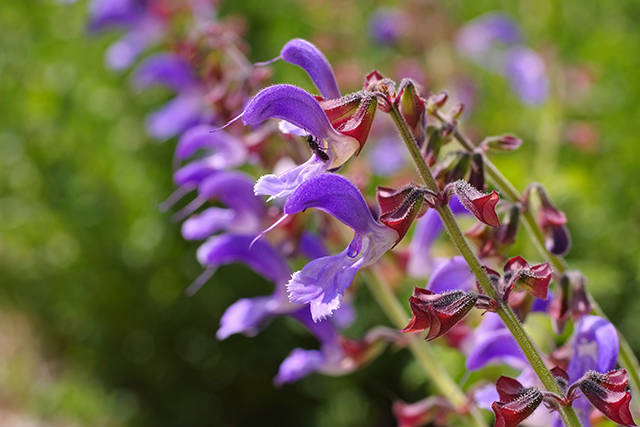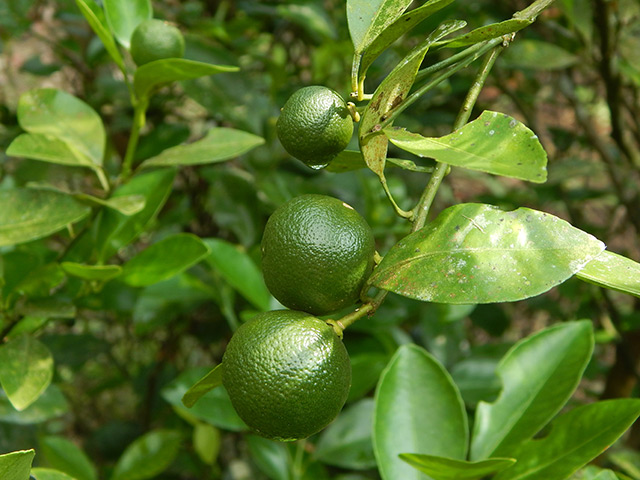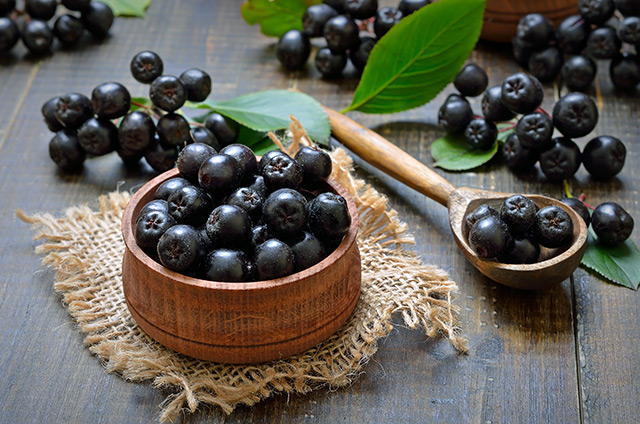Field elm bark protects against liver damage, gastric ulcers and high blood pressure
03/12/2019 / By Michelle Simmons

The field elm (Ulmus campestris) is already known for its many health benefits. But according to a recent study in the journal Phyotherapie, it has more to offer — in particular, in protecting the body from liver damage, gastric ulcer, and blood pressure problems. The study, conducted by Algerian and French researchers, found that aside from being a potent antioxidant, the tree can also significantly improve a person’s blood pressure.
Researchers from the University of Bejaia and the University of Mostaganem in Algeria, as well as a team from the University of Strasbourg in France, took part in the study. In particular, they looked at the efficacy of bark extracts from field elm in treating stomach ulcer, liver damage, and blood pressure, in addition to studying its antioxidant properties.
After various tests, the researchers found that field elm bark extract demonstrated powerful antioxidant effect against free radicals and lipid peroxidation. The researchers also saw that the extract can protect the stomach from ulcers and protect the liver from toxic substances. In addition, the extract also exhibited a relaxing effect on the coronary artery.
With these findings, the researchers concluded that extracts from the bark of the field elm tree has a powerful antioxidant effect and protects against gastric ulcer, liver damage, hypertension, and coronary artery problems.
Other uses and medicinal benefits of elm trees
Field elm tree can live for five centuries and grow up to 50 meters high. It has a straight and slender trunk that is covered with a dark-brown bark, while its branches form a dense broad crown. Its leaves, which are oval, toothed, rough, hairy, and asymmetrical at the base, grow alternately. Although it also bears fruit in less than two months, it is most commonly known for its wood, which is compact, durable, and impact- and water-resistant. Some evidence has shown that this plant can be used to treat eczema, gout, rheumatism, psoriatic arthritis, and diarrhea.
Aside from field elm tree, there are more than 30 other species of elm trees, which lie in the genus Ulmus. They are not rare as they are widely known street trees. Few of the most commonly known species of elm are American elm, Siberian elm, Slippery elm, and Rock elm.
Elm trees are commonly used for their ornamental appeal. They are used as decorations and to provide shade. Their wood is also used to make various products, such as baskets and coffins. In addition, the leaves of elm trees can be used as fodder for the livestock. Like the field elm tree, other species of elm also have medicinal benefits. One of the most notable elm species is the slippery elm. It has been used by Native Americans as medicine to treat diarrhea, sore throats, heartburn, skin inflammation, and minor wounds and burns. The American elm has also been used to treat bleedings, coughs, colds, cramps, and diarrhea, while Siberian elm has been used as a diuretic and a treatment for fever. (Related: 5 Powerful Herbs and Foods for Healing Your Digestive Tract.)
Read more news stories and studies on natural medicines like field elm by going to NaturalMedicines.news.
Sources include:
Tagged Under: alternative medicine, blood pressure, common elm, elm, gastric ulcer, gastroprotective, Hepatoprotective, herbal medicine, Herbs, hypotensive, liver damage, liver health, medicinal plants, natural cures, natural healing, natural medicine, natural remedies, Ulmus campestris




















